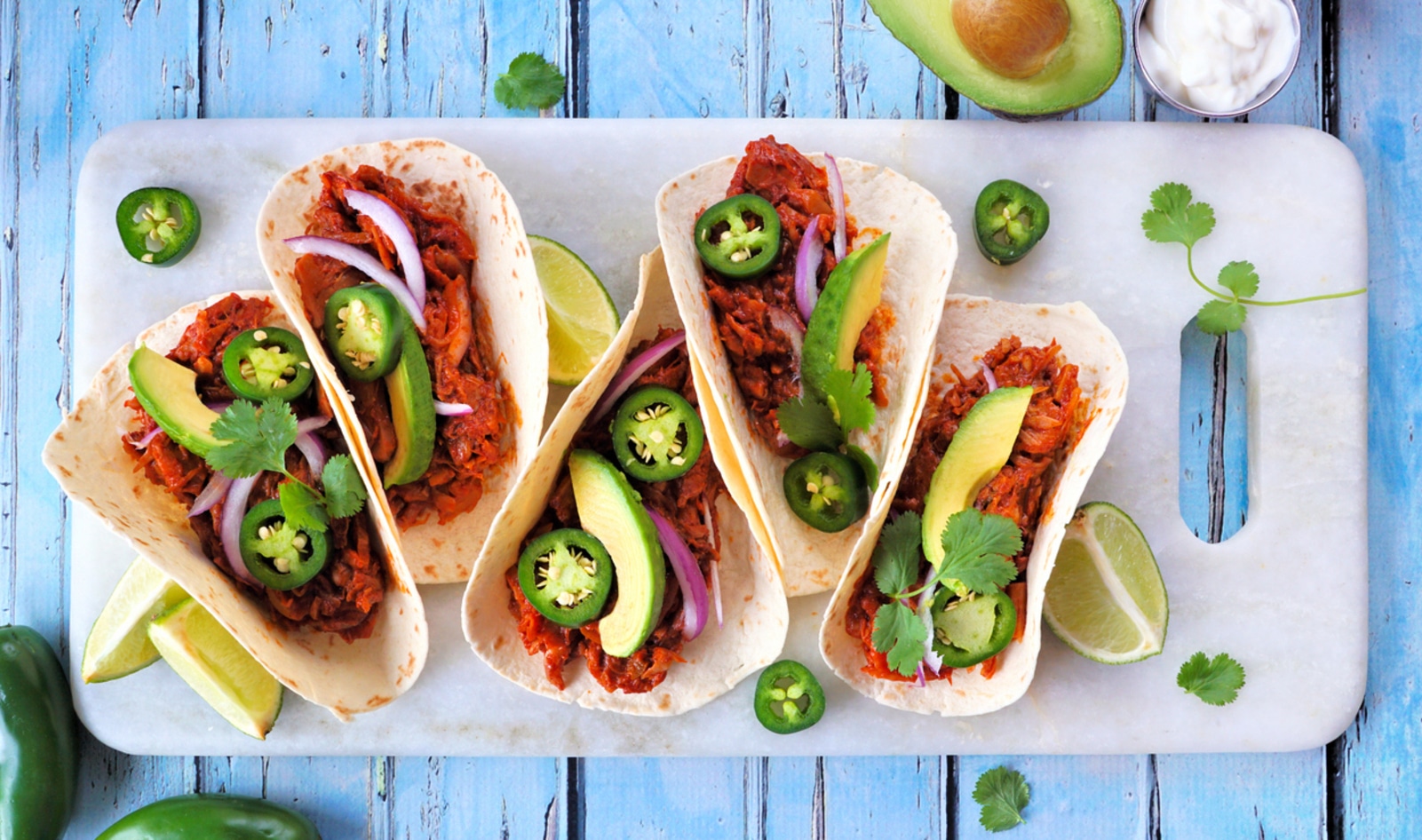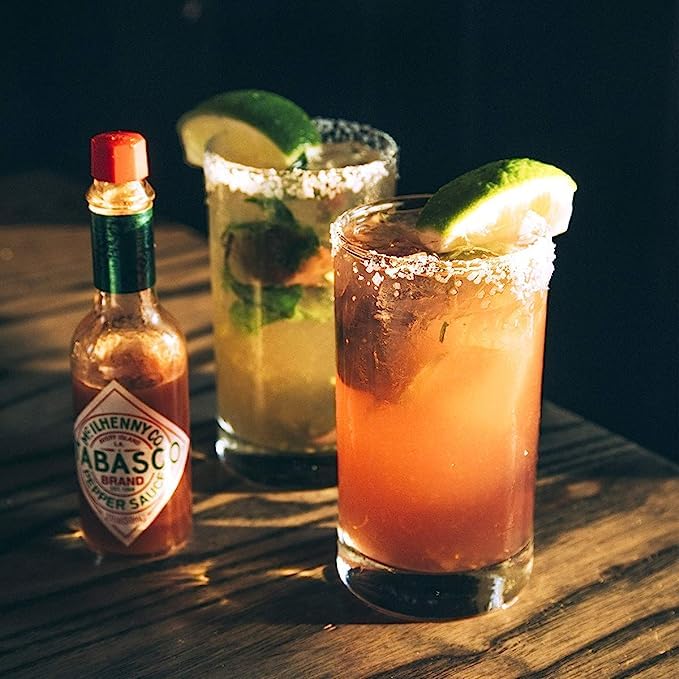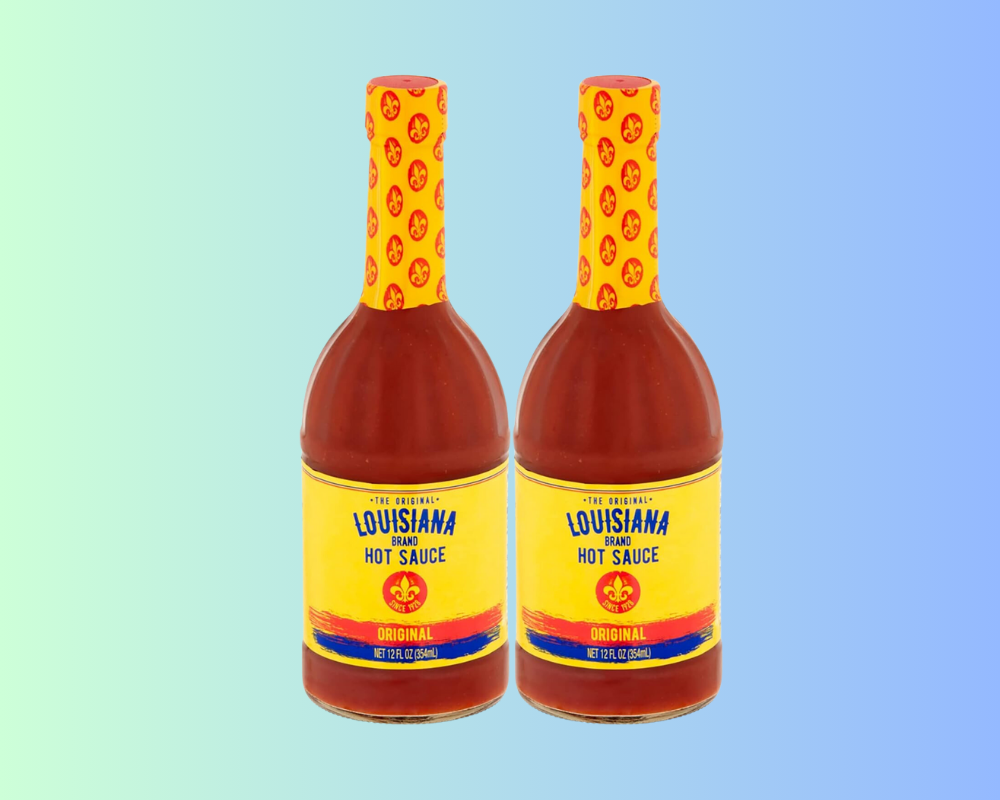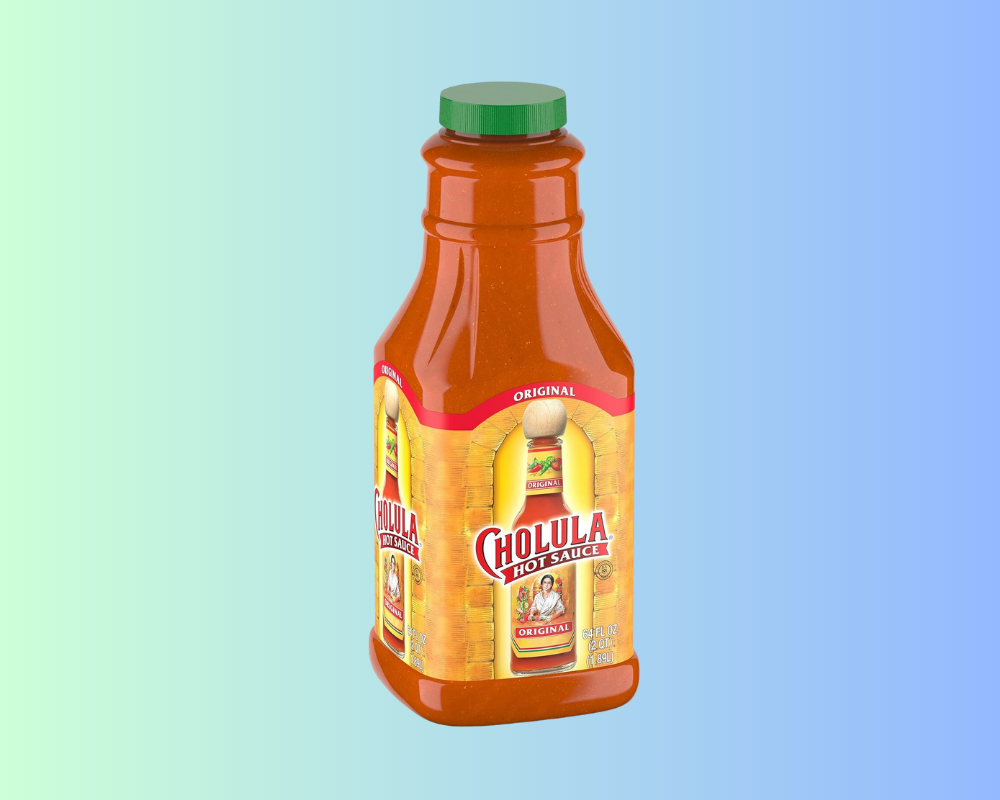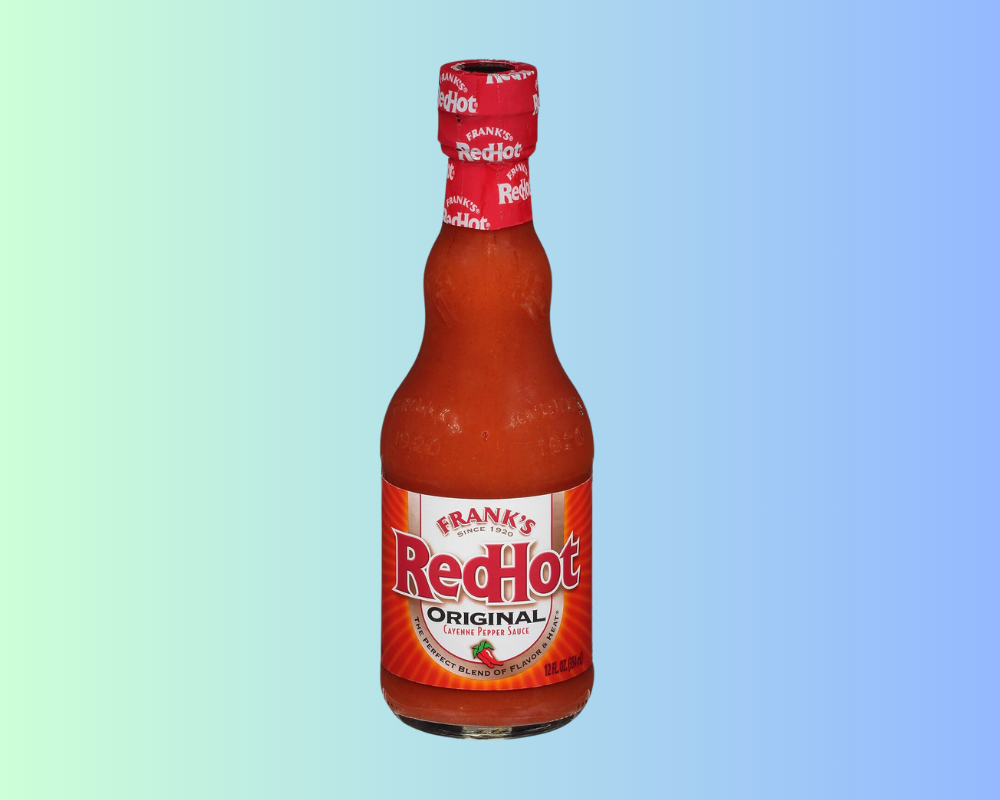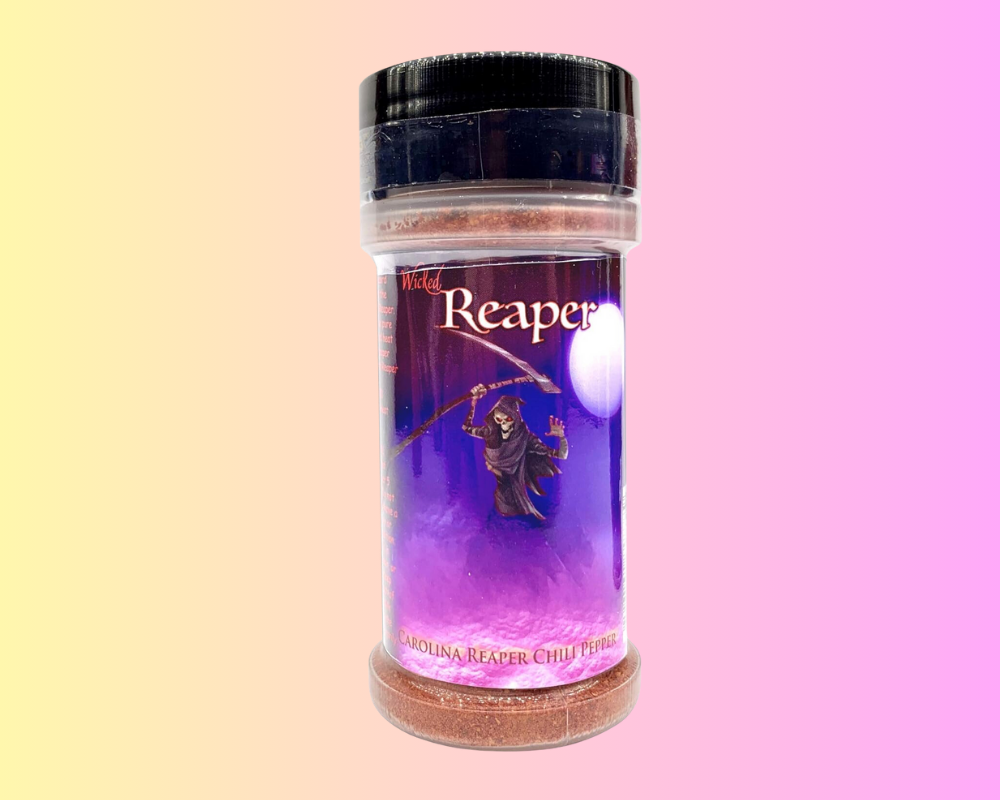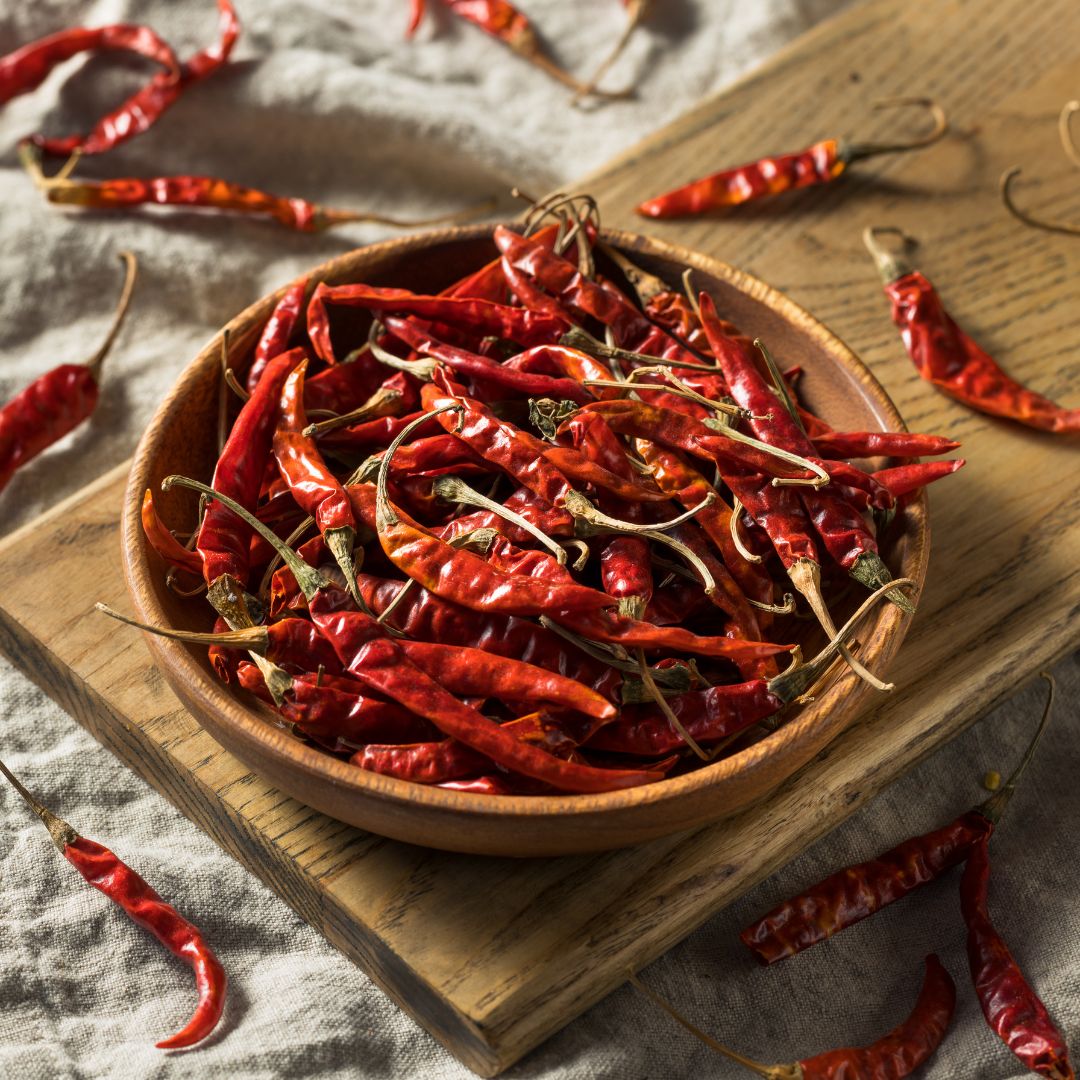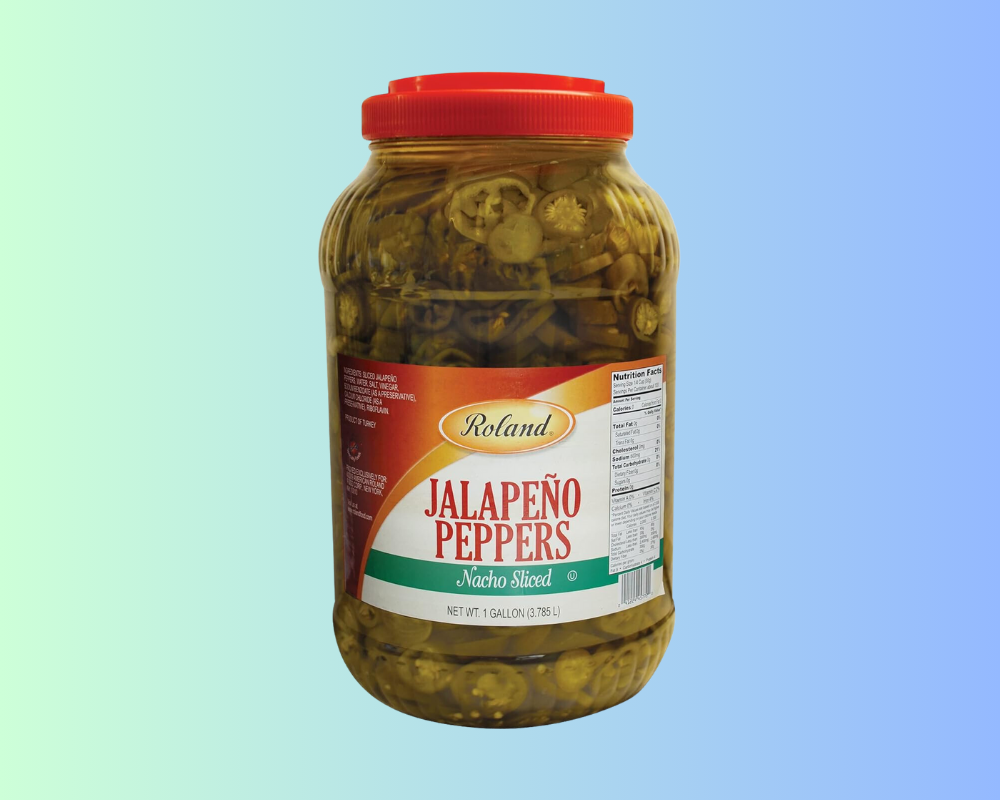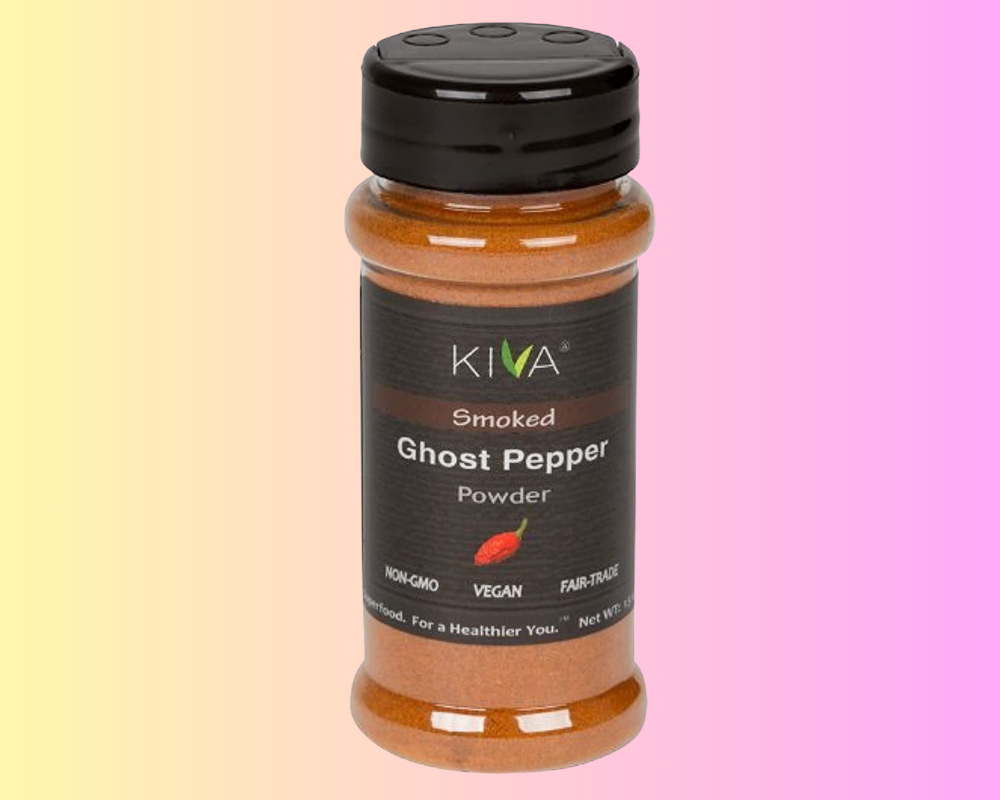Think about the spiciest dish you’ve ever put in your mouth—maybe you’ve had some enchiladas or fajitas that packed some heat, or perhaps you’ve indulged in phaal curry (otherwise known as the spiciest meal on Earth). Now, think about the taste. Hard to describe, right? But even if you like spice, you probably thought it was uncomfortable. And that’s because when we eat ultra-spicy foods, it actually causes a painful sensation in the mouth. It’s not sweet, salty, bitter, sour, or umami (the five main tastes our tongues can detect), but pain.
We hear you. Pain does not sound like something we should be inflicting on ourselves. But actually, in the case of spicy food, a little bit of pain might be kind good. In fact, it may induce endorphins for some people, but not necessarily everyone, which explains why many do not enjoy eating spicy foods but plenty of others do. Spicy food also may come with some health benefits, which makes that weirdly pleasurable yet painful sensation even more worth it. Spice lovers, here’s what you need to know. Plus, hot sauce and pepper recommendations. Let’s turn up the heat.
Is spicy food good for you?
Spicy food is associated with some health benefits, and that might be down to a chemical called capsaicin. This is basically the active component of chili peppers responsible for bringing the heat. When our mouths detect capsaicin, it kickstarts the fight or flight process, and the body releases stress hormones like adrenaline. As your body responds to the sensation of heat, you start to sweat, you turn red, your heart rate increases, and your nose runs, you know the drill.
And, for some people, the body also releases endorphins, just like when you exercise, which produces a natural high. Humans probably like this because of the thrill, notes a report by BBC—it’s kind of like why we rush towards rollercoasters.
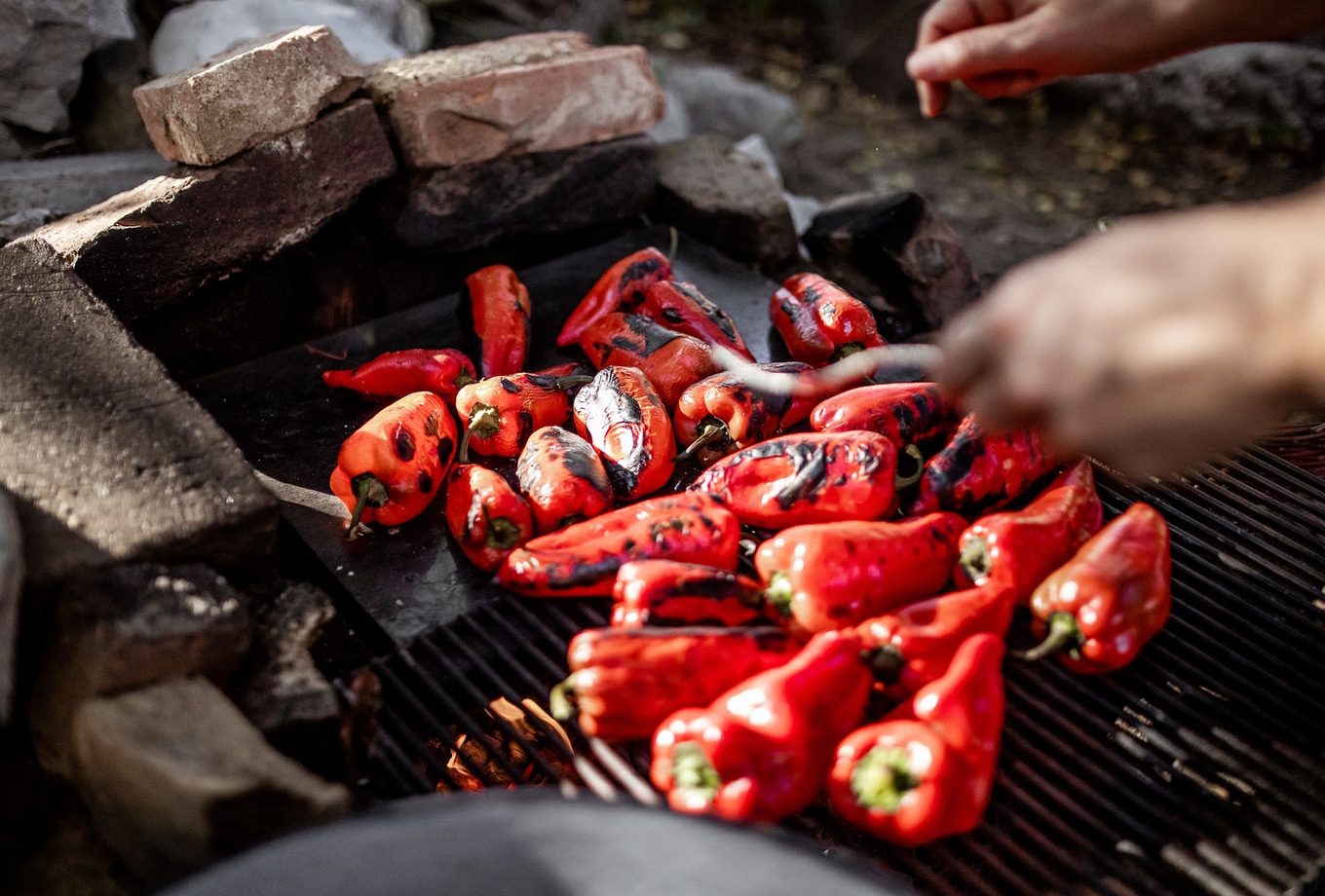 Getty
Getty
But adrenaline aside, capsaicin is also associated with some significant health benefits. In 2020, one study from the American Heart Association linked consumption of chili peppers with a potentially lower risk of death from heart disease and cancer.
“We were surprised to find that in these previously published studies, regular consumption of chili pepper was associated with an overall risk-reduction of all-cause, CVD, and cancer mortality. It highlights that dietary factors may play an important role in overall health,” senior author Bo Xu, MD, cardiologist at the Cleveland Clinic’s Heart, Vascular & Thoracic Institute in Cleveland, OH, said in a statement. He added, however, that further research is still needed.
BECOME A VEGNEWS VIP: Get exclusive product deals, freebies, and perks galore!
“The exact reasons and mechanisms that might explain our findings, though, are currently unknown,” Xu noted. “Therefore, it is impossible to conclusively say that eating more chili peppers can prolong life and reduce deaths, especially from cardiovascular factors or cancer. More research, especially evidence from randomized controlled studies, is needed to confirm these preliminary findings.”
But capsaicin is just one component of chilies. They also contain nutrients, like vitamin C, vitamin B, copper, potassium, and vitamin A, for example.
The spiciest hot sauces and peppers to try
If you like to bring the heat when you cook, or you’re intrigued about experimenting with spice, here are some of the best hot sauces and peppers to try next. Pro tip: if you’re not used to the heat, keep a glass of cold oat milk on hand to cool down your mouth while you’re eating (not water, as this will only make the spicy effect worse!). After you’ve read this list, find all of our best spicy vegan recipes here!
1 Tabasco
One of Louisiana’s most iconic inventions, Tabasco sauce is full of spice and iconic pungent flavor. It scores around 3,500 on the Scoville Scale (a measurement tool for spicy peppers that goes up to around 2,200,000), which means it has a kick, but it’s still at the milder end when compared with other spices.
find it here
2 Louisiana Hot Sauce
Made with aged peppers, distilled vinegar, and salt, this Louisiana Hot Sauce is a great way to add just a little dash of heat to your favorite meal. The simple tried and tested recipe has been around since the 1920s, and remains a staple in kitchens all over the US. It’s pretty mild, coming in at just 450 on the Scoville Scale.
find it here
3 Cholula
Formulated in Mexico, the home of many spicy dishes, Cholula hot sauce is allegedly based on a century-old family recipe. It features both arbol and piquin peppers, both of which originated in Mexico, alongside an “array of regional spices,” notes the brand. At 3,600 Scoville units, Cholula certainly has quite the kick compared to Louisiana Hot Sauce, for example, but it’s not going to blow your head off in terms of heat.
find it here
4 Frank’s RedHot
The recipe for Frank’s RedHot sauce was perfected way back in 1918, but it wasn’t until the 1960s that it was paired with buffalo wings for the first time. Now, you’d be hard-pressed to find a better combination (obviously the wings have to be vegan though). If you like things mild, the Original Frank’s RedHot scores only 450 Scoville units. But don’t worry if you like things a bit spicier, because its Xtra Hot variety comes in at around 2,000.
find it here
5 Carolina Reaper chili pepper powder
Are you feeling brave? The Carolina Reaper is the hottest chili pepper in the world. It’s sweet, fruity, and, at 2.2 million Scoville (that’s not a joke), it is seriously intense. Only try some of this powder if you’re really into spice, and use it sparingly, because it’s going to knock your socks off. Proceed with caution.
find it here
6 Espelette pepper powder
At around 4,000 on the Scoville scale, the espelette pepper, which is cultivated in Espelette in France (and only this region—nowhere else), has nothing on the Carolina Reaper in terms of spice factor, but it’s nice and sweet, and still gives off a pleasantly mild kick.
find it here
7 Dried chile de árbol
This small, potent red Mexican chili, which is always sold dried, can be added to many different dishes to add flavor and a good level of spice. On the Scoville Scale, they measure between 15,000 and 30,000, so expect some pretty serious heat when you’re cooking.
find it here
8 Sliced jalapeño peppers
Jalapeño is one of the most popular peppers in the US, and it’s arguably one of the best pizza toppings around, especially when it’s combined with vegan pepperoni. It’s pretty spicy, and depending on the variety you get, these common peppers can reach 8,000 on the Scoville Scale (at their lowest, they usually sit at around 2,000).
find it here
9 Ghost chili pepper powder
Adding some of this ghost chili pepper powder to your curry or sauce is going to seriously turn up the heat, so use sparingly and with caution. Known as Bhut Jolokia, this is another of the world’s hottest peppers (seriously, it’s around 170 times hotter than Tabasco and sits at around 1 million Scoville Units). This is a popular choice with spice lovers, though, so don’t shy away if you love dishes with a big kick.
find it here
For more plant-based stories like this, read:
JUMP TO ... Latest News | Recipes | Guides | Health | Subscribe
Here at VegNews, we live and breathe the plant-based lifestyle, and only recommend products we feel make our lives amazing. Occasionally, articles may include shopping links where we might earn a small commission, but in no way does this effect the editorial integrity of VegNews.

